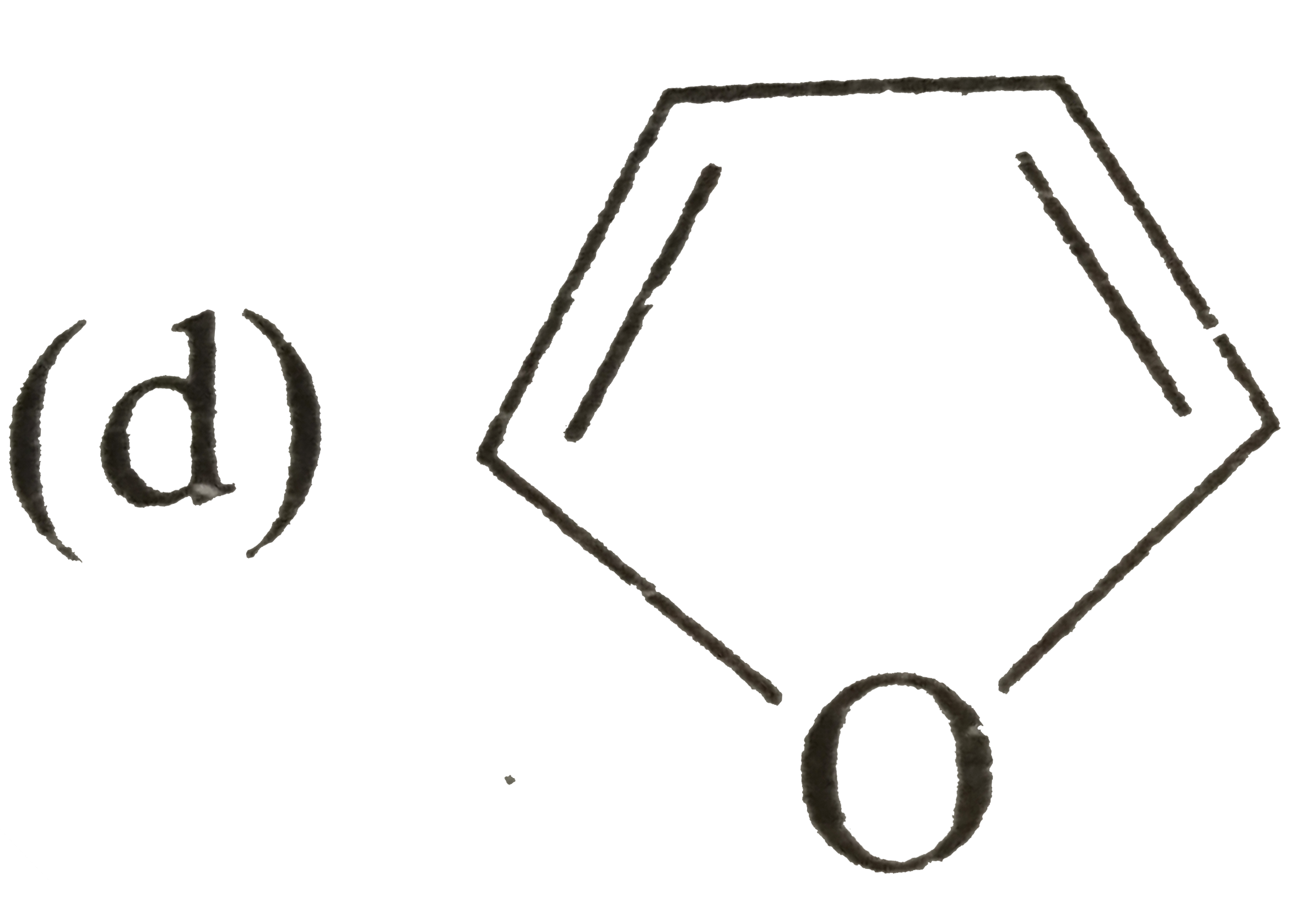Which one is not aromatic compound ?


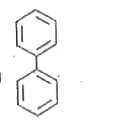

The correct Answer is:4
To determine which compound is not aromatic, we need to follow a systematic approach based on the criteria for aromaticity. Aromatic compounds must satisfy the following conditions:
1. Cyclic Structure: The compound must be cyclic.
2. Planarity: The compound must be planar to allow for overlap of p-orbitals.
3. Conjugation: The compound must have a continuous overlap of p-orbitals (conjugation).
4. Hückel's Rule: The compound must have 4n+2 π electrons, where n is a non-negative integer.
1. Identify the Compounds: List the compounds provided in the question. For the sake of this solution, let's assume we have four compounds to analyze.
2. Check for Cyclic Structure: Determine if each compound is cyclic. If any compound is not cyclic, it cannot be aromatic.
3. Check for Planarity: For each cyclic compound, check if it is planar. If it is not planar, it cannot be aromatic.
4. Check for Conjugation: Analyze the structure of each compound to see if there is a continuous overlap of p-orbitals. This is typically seen in compounds with alternating single and double bonds.
5. Count the π Electrons: For each compound that is cyclic, planar, and has conjugation, count the number of π electrons.
6. Apply Hückel's Rule: Use Hückel's rule to determine if the number of π electrons fits the formula 4n+2. If it does, the compound is aromatic. If it has 4n π electrons, it is anti-aromatic. If it does not fit either condition, it is non-aromatic.
7. Identify the Non-Aromatic Compound: After analyzing all compounds, identify which one does not meet the criteria for aromaticity.
Conclusion:
Based on the analysis, if we find a compound that does not satisfy Hückel's rule or does not have the required π electrons, that compound is the answer to the question of which one is not aromatic.
2. Planarity: The compound must be planar to allow for overlap of p-orbitals.
3. Conjugation: The compound must have a continuous overlap of p-orbitals (conjugation).
4. Hückel's Rule: The compound must have 4n+2 π electrons, where n is a non-negative integer.
Based on the analysis, if we find a compound that does not satisfy Hückel's rule or does not have the required π electrons, that compound is the answer to the question of which one is not aromatic.
Topper's Solved these Questions
- HYDROCARBONSBOOK - AAKASH INSTITUTECHAPTER - HYDROCARBONSEXERCISE - Assignment(Section - B) (Obejctive type question)
13 Videos
- HYDROCARBONSBOOK - AAKASH INSTITUTECHAPTER - HYDROCARBONSEXERCISE - Assignment(Section - C) (Previous Years Questions)
69 Videos
- HYDROCARBONSBOOK - AAKASH INSTITUTECHAPTER - HYDROCARBONSEXERCISE - Exercise
50 Videos
- HALOALKANES AND HALOARENES BOOK - AAKASH INSTITUTECHAPTER - HALOALKANES AND HALOARENES EXERCISE - ASSIGNMENT SECTION -D
15 Videos
- HYDROGENBOOK - AAKASH INSTITUTECHAPTER - HYDROGENEXERCISE - ASSIGNMENT (SECTION - D) (Assertion-Reason Type question)
15 Videos
Similar Questions
Knowledge Check
Which is a non-aromatic compound
A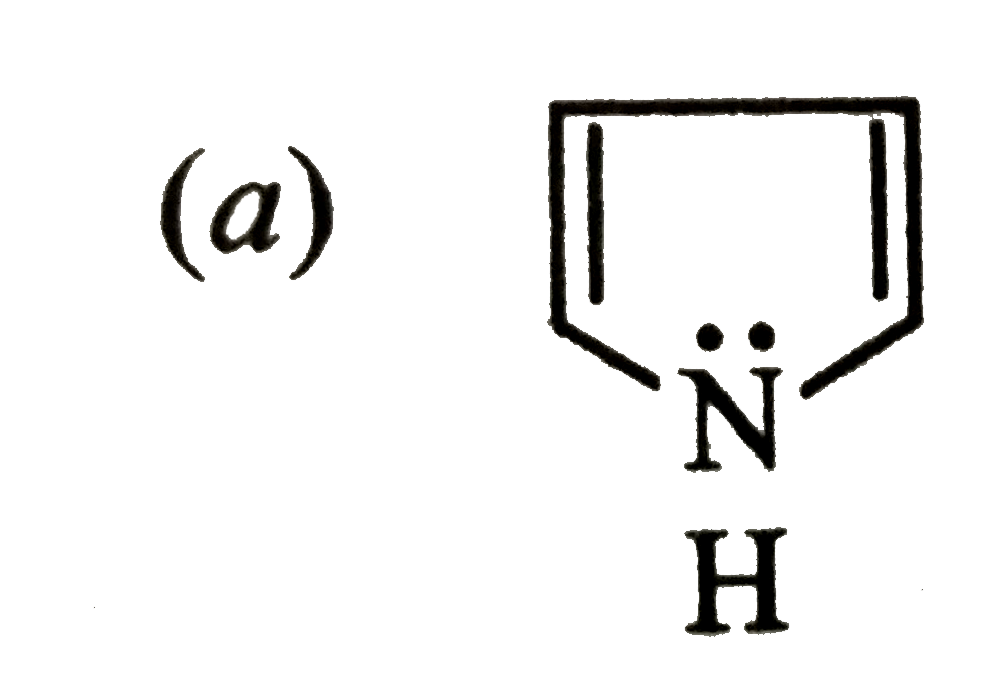 B
B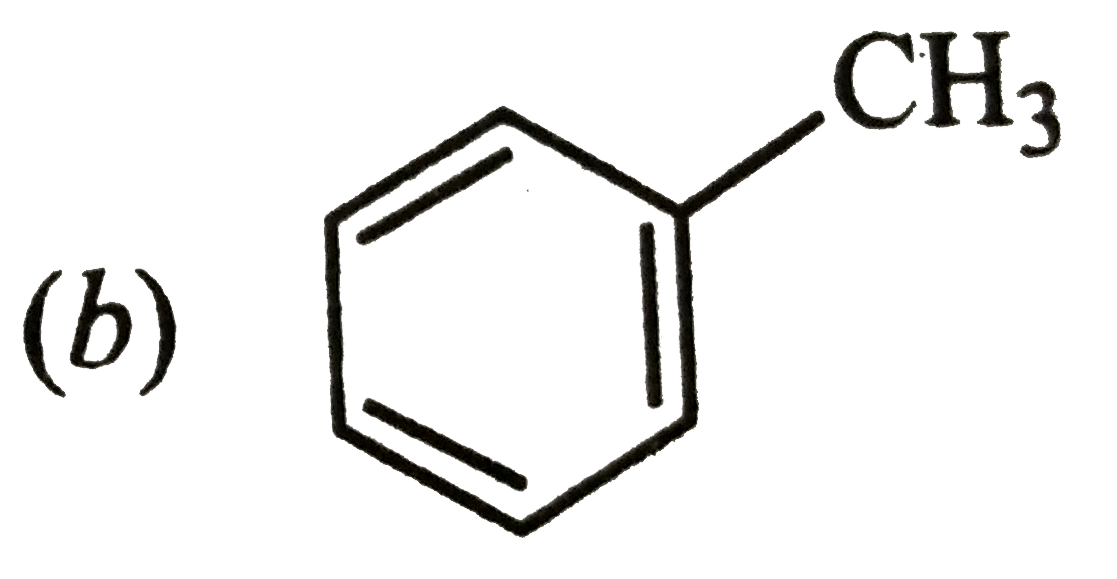 C
C D
D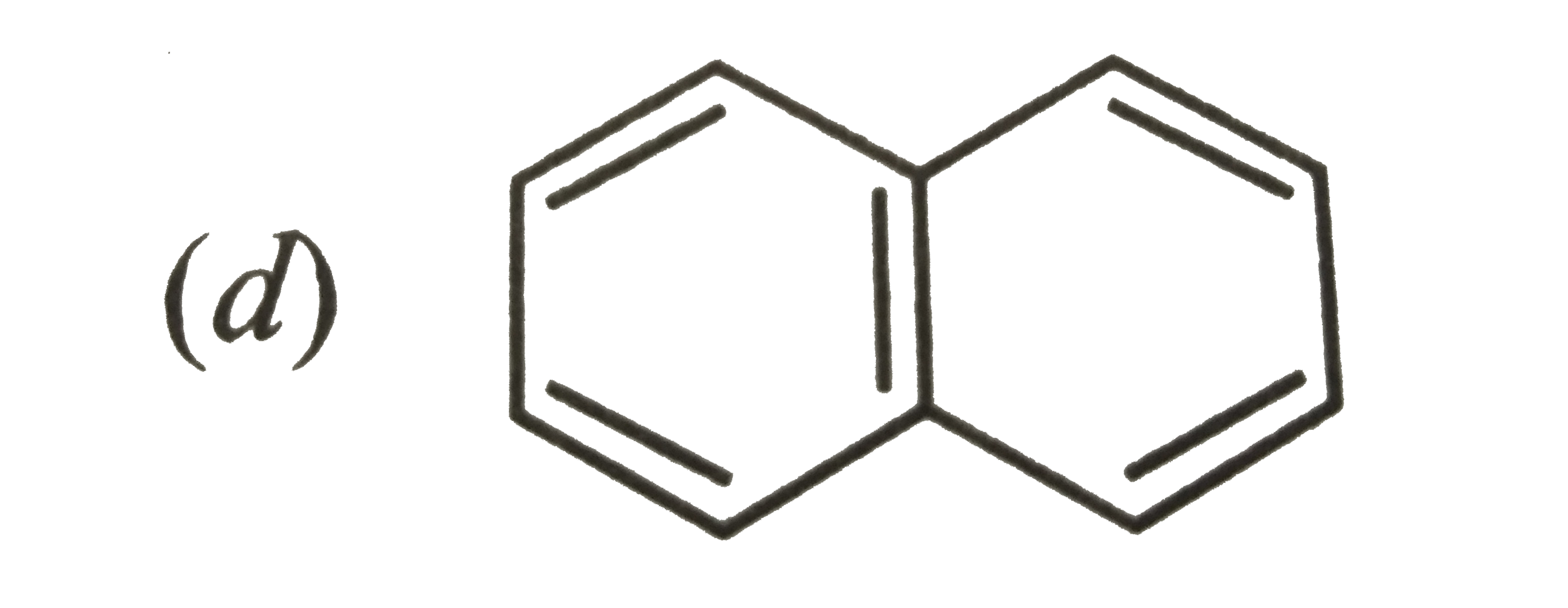
Which is a non-aromatic compound
A B
B C
C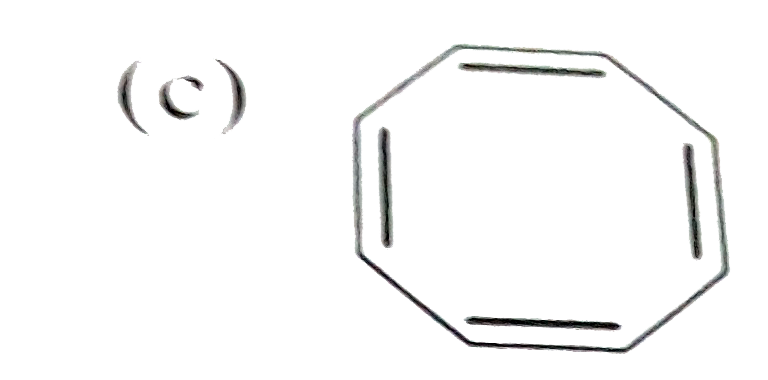 D
D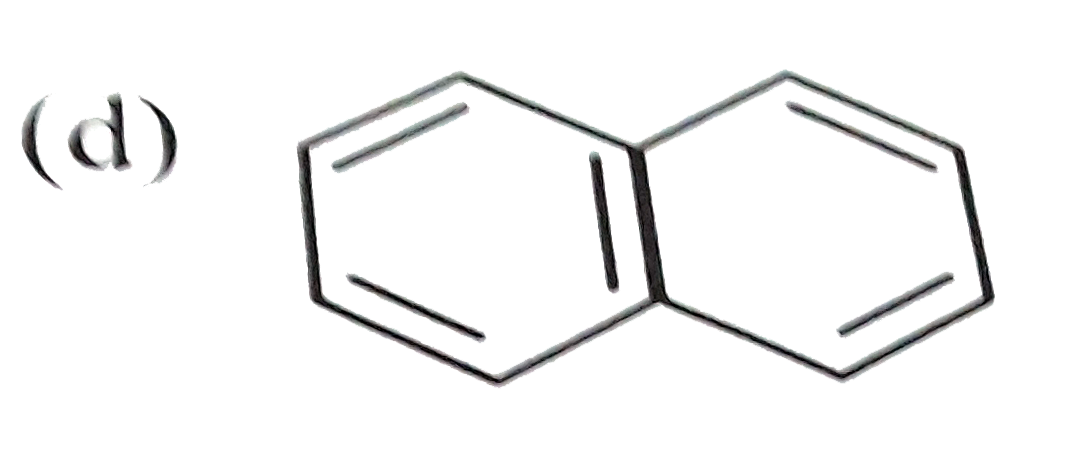
Which of the following is not an aromatic compound ?
A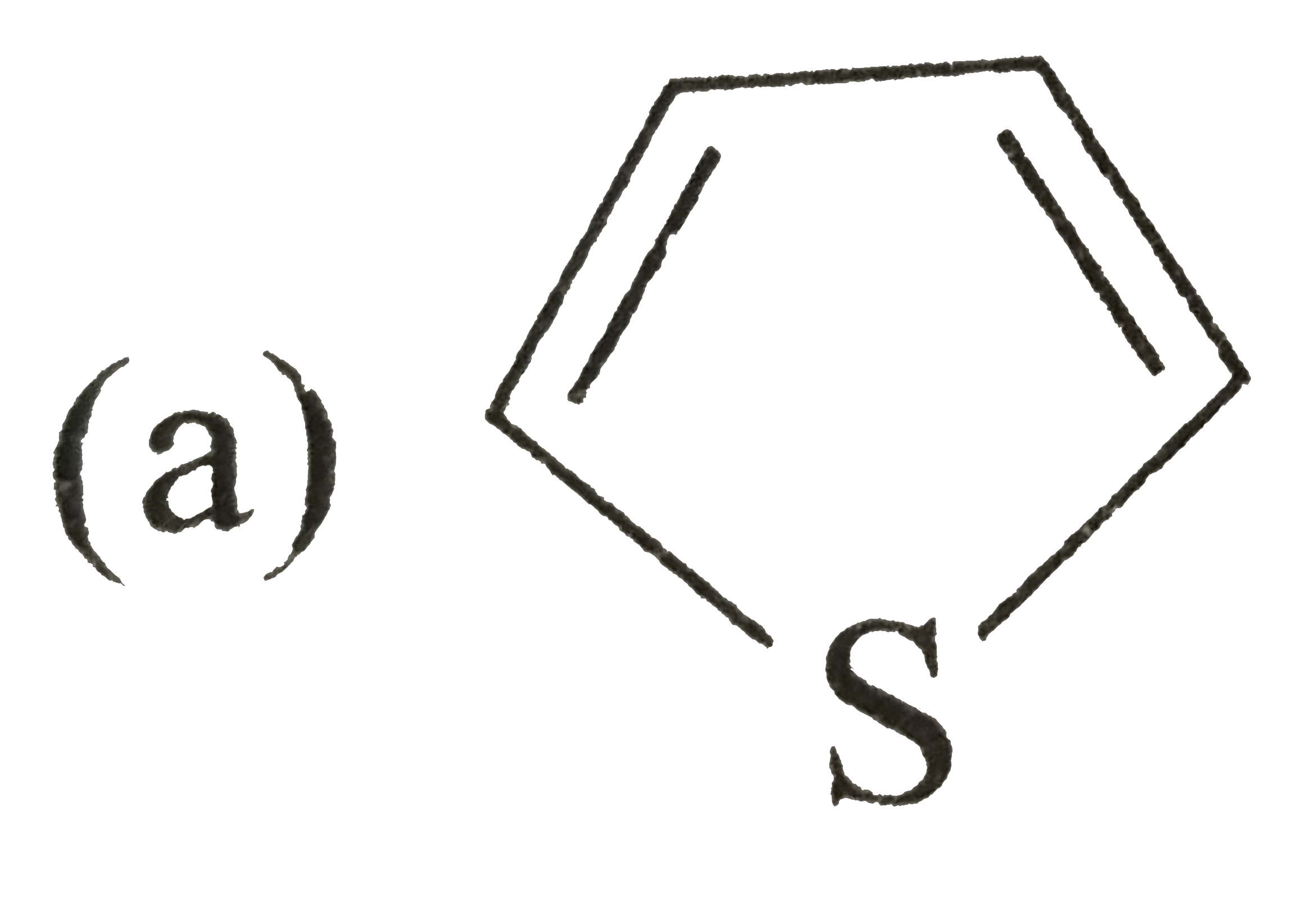 B
B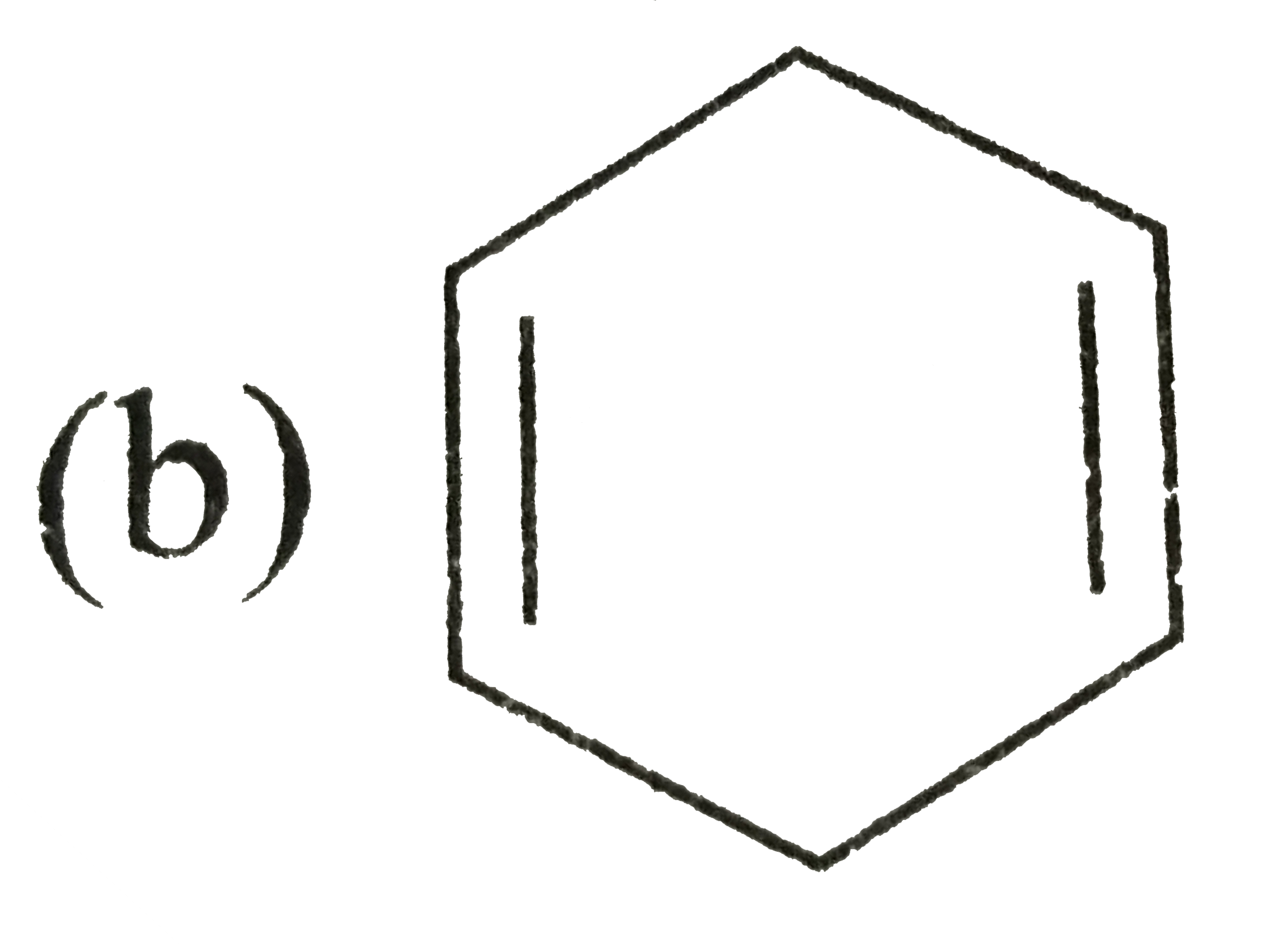 C
C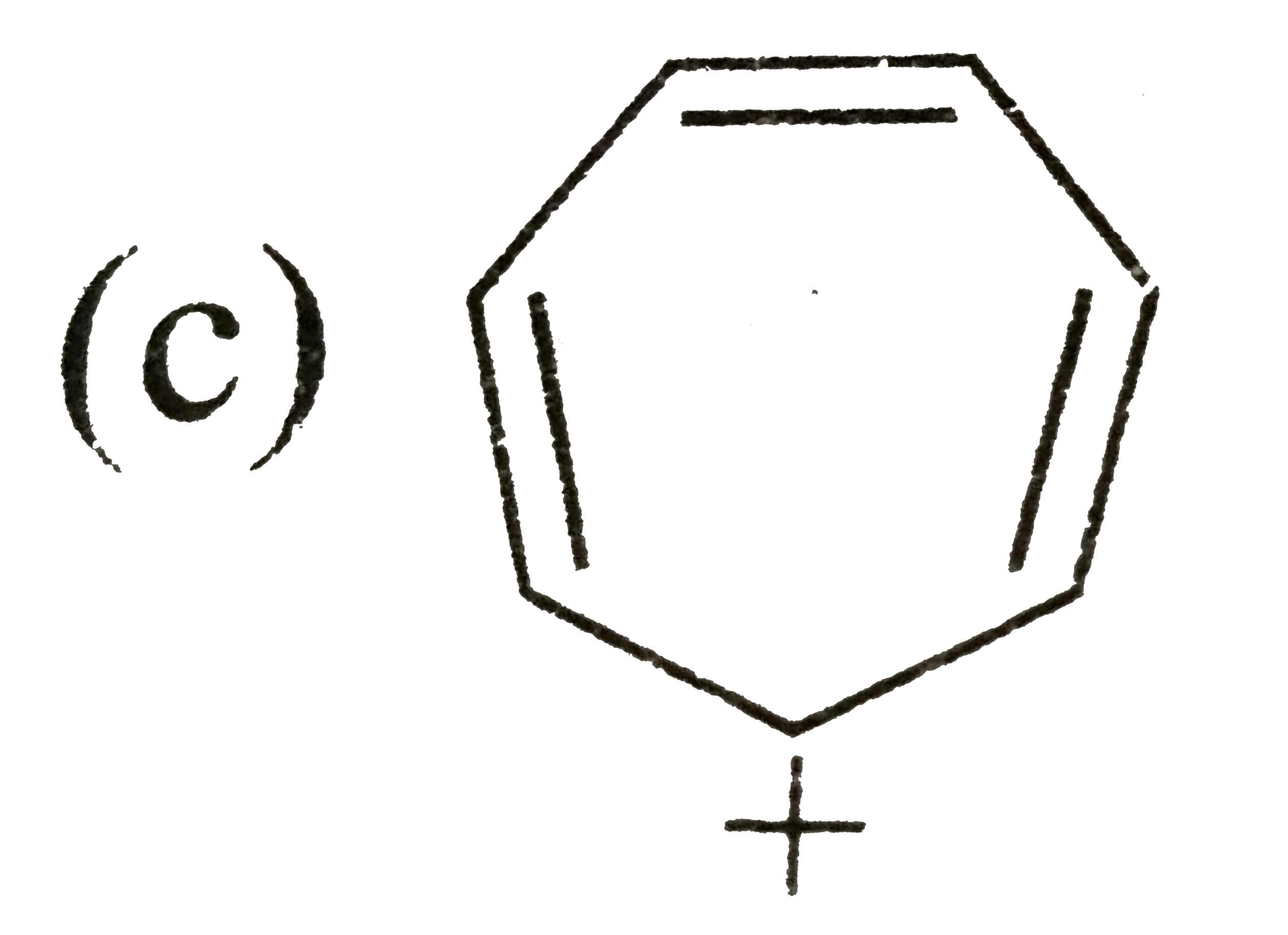 D
D